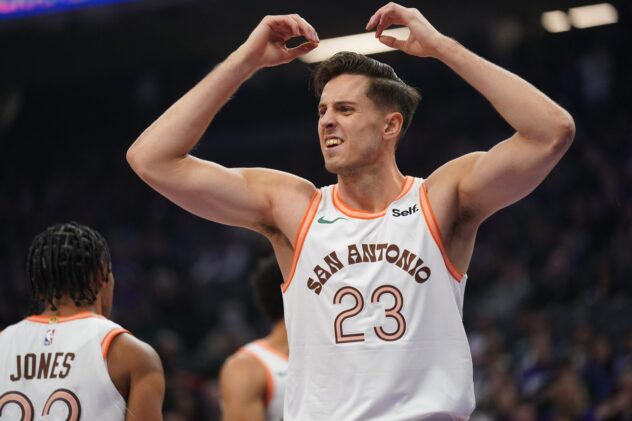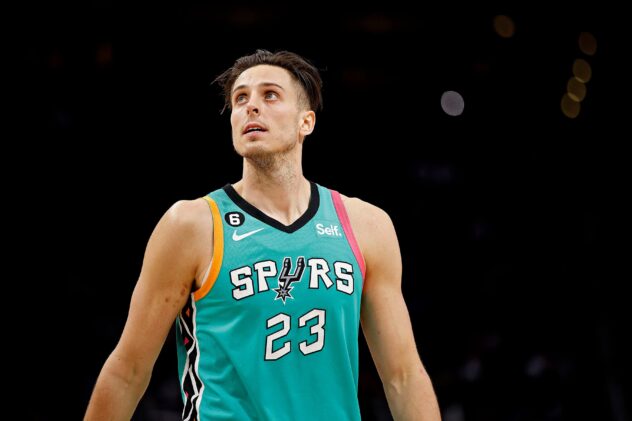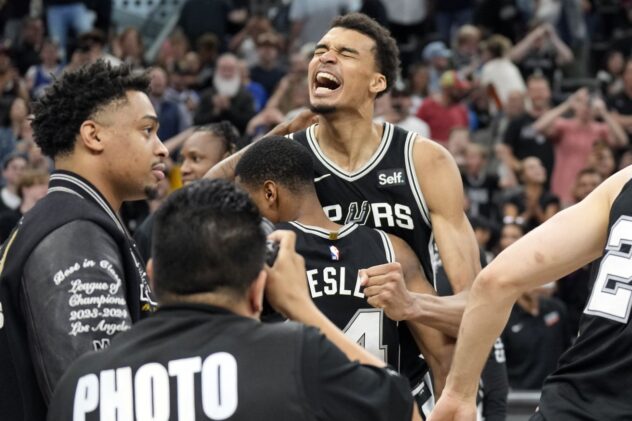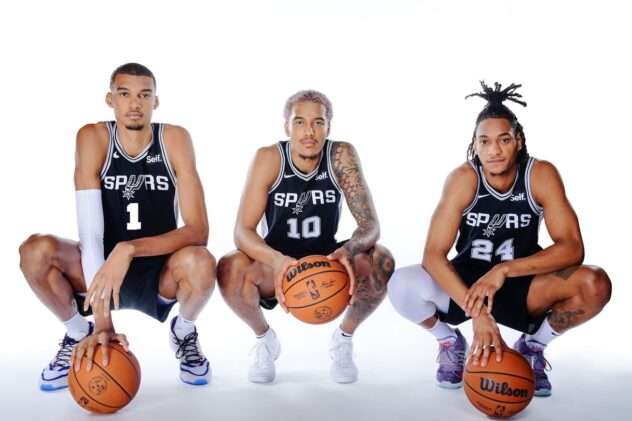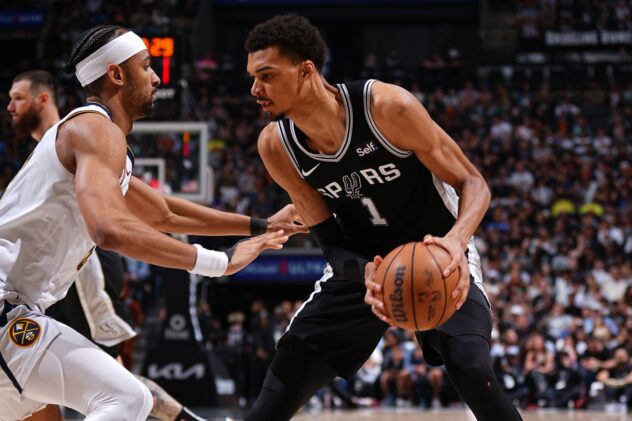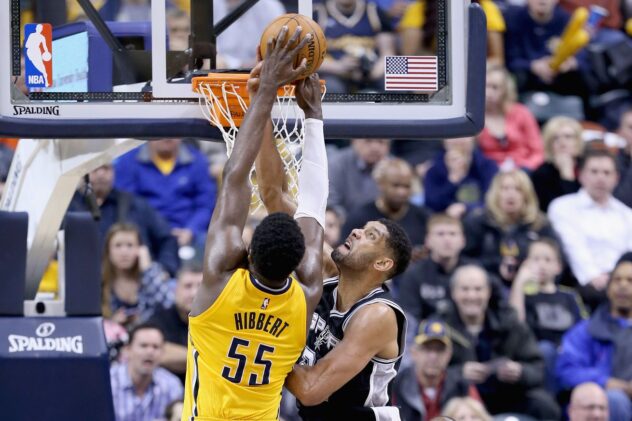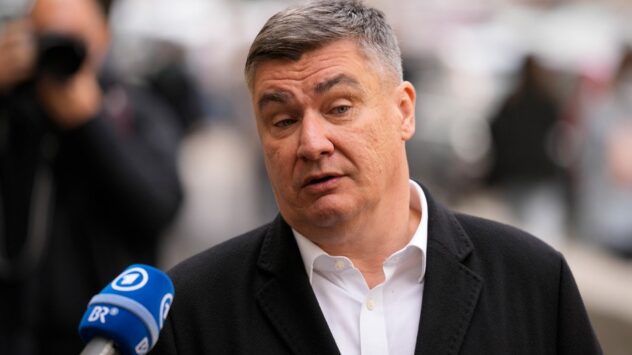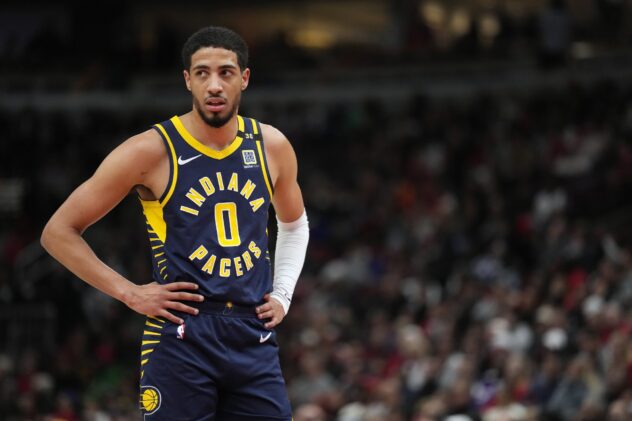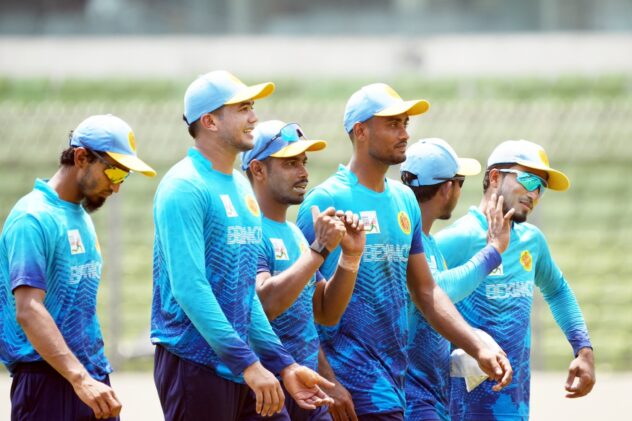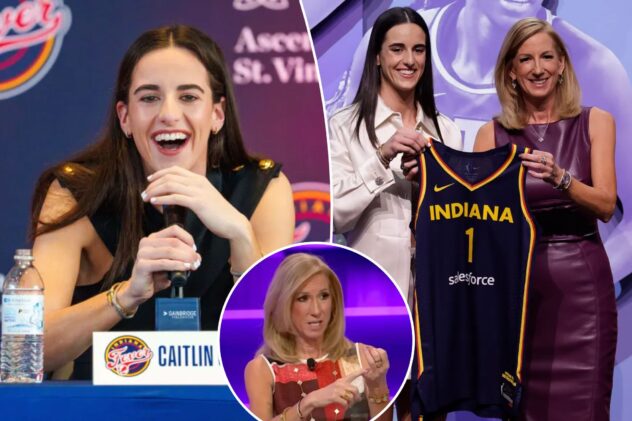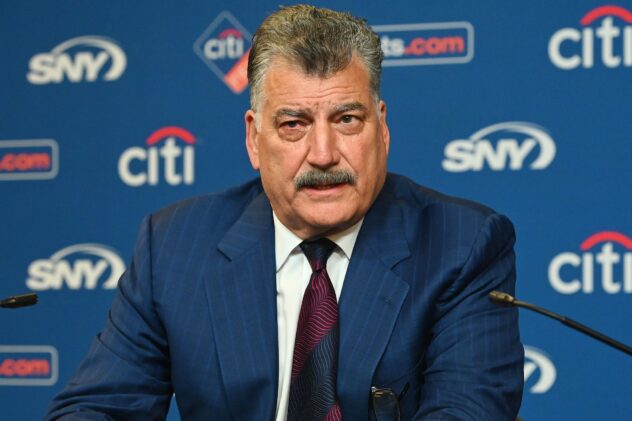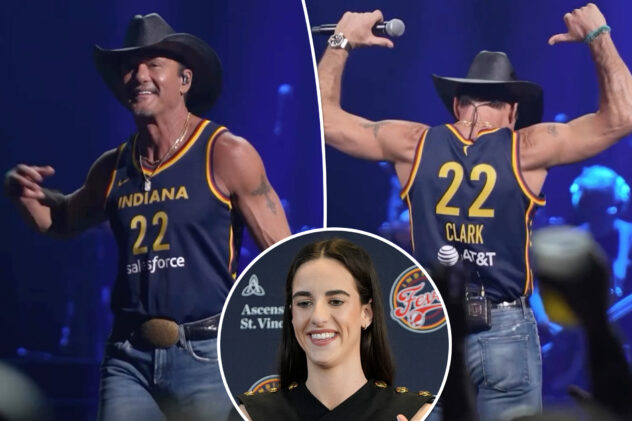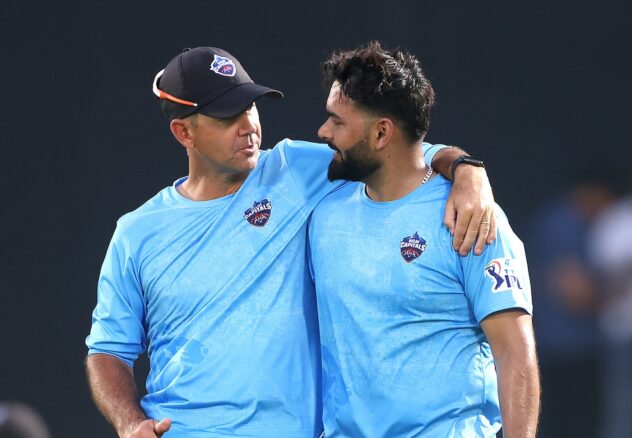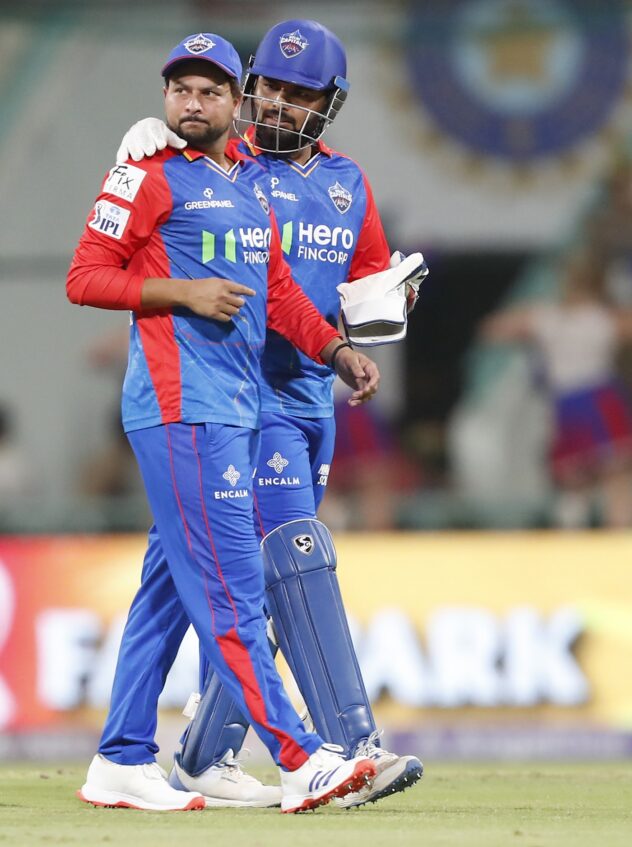How the NBA can improve their All-Star selection process
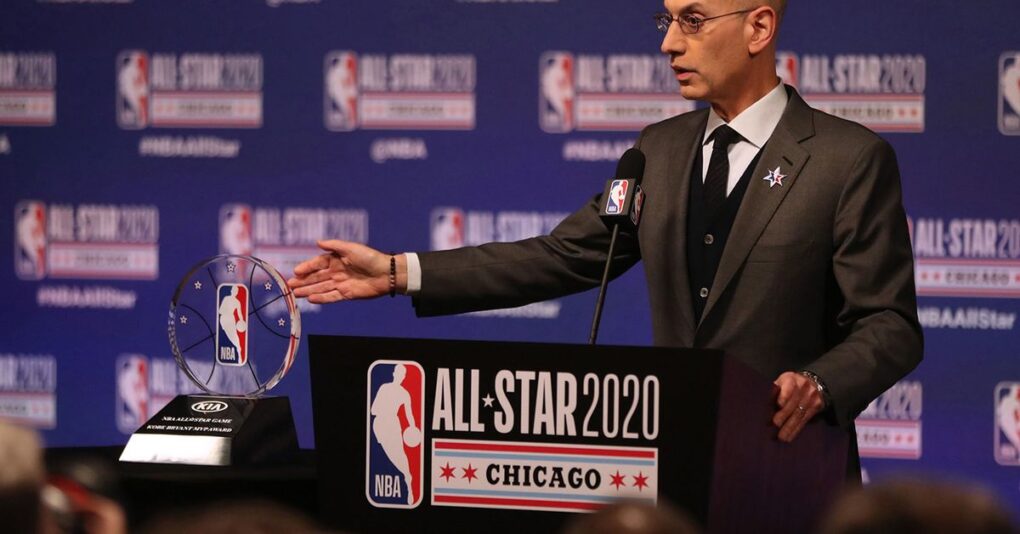
The NBA announced All-Star reserves on Tuesday, and unsurprisingly, the league snubbed DeMar DeRozan for a third straight season. Not only has the veteran swingman arguably been San Antonio’s best player, but he’s been a large part of why they’re on pace for a fifth-place finish out West.
DeRozan isn’t the only deserving athlete who didn’t receive an invitation. The NBA also overlooked Devin Booker, Mike Conley, Bam Adebayo, Jimmy Butler, Trae Young, Domantas Sabonis, Khris Middleton, Shai Gilgeous-Alexander, De’Aaron Fox, Tobias Harris, Brandon Ingram, Jerami Grant, and Pascal Siakam.
These exclusions aren’t a one-off blunder either. The All-Star system has been fundamentally flawed for decades despite the league’s attempts to better the process over the years. If we’re being honest, redistributing the weight of media, player, and fan voting or eliminating positions was never a suitable solution.
The previously mentioned revisions have likely stopped under-qualified players like Chris Kaman, Mehmet Okur, and Jamaal Magloire from ever making another All-Star appearance, and while that was a step in the right direction, there is plenty of room for improving the All-Star rosters and overall product.
The inaugural NBA All-Star Game was hosted at the legendary Madison Square Garden in 1951 and featured 22 players with 11 representatives from both the East and Western Conference. Fast forward to 2021, and the All-Star Game now features 24 players with 12 representatives from each conference.
To put the drastic change of the NBA landscape over the last 70 years into perspective, the league consisted of 135 players spread out over 11 franchises during the 1950-1951 campaign. Today, the NBA has 30 teams who have seen a combined 488 players appear in a game this season.
So if we do the math, that means approximately 18% of all the active NBA players in 1951 participated in the 1951 All-Star Game. That may seem like a relatively exclusive group until you consider only about 5% of the league takes part in the modern rendition of this classic midseason festivity.
With that in mind, what can the NBA do to expand the All-Star rosters without making the event feel less exclusive? It would become a mockery if they reverted to including 18% of the player population (88 players), but perhaps aiming to recognize 30 candidates could be a viable solution.
In theory, every organization would have an opportunity to send one worthy representative to the annual exhibition. That isn’t likely to happen with how heavily individual statistics, impact, and standings dictate the final cut, but it could help reduce the surplus of unfair All-Star snubs.
The NBA shouldn’t hesitate to drop the outdated use of frontcourt and backcourt designations if they’re serious about advertising the best of what the league has to offer. Basketball is becoming a more positionless game with each passing season, and they should seek to reflect that.
A handful of seven-footers pace their team three-point percentage, facilitators come in all shapes and sizes, and several smaller wings occupy the rebounding leaderboard. The association is brimming with versatile talents who transcend conventional perceptions of positions.
The All-Star Game serves the sole purpose of giving fans a chance to watch the best players in the world on one court. And mandating that half the participants must come from each conference is counterproductive to achieving that goal, especially when the West routinely dominates the East.
Getting rid of conferences and positions in determining who should or shouldn’t make the annual All-Star team might not result in monumental differences on their own. But in tandem with the expansion of All-Star rosters, it might dramatically alter this long-standing tradition for the better.
Is it possible that DeMar DeRozan wouldn’t earn an All-Star nod with my significant alterations? Sure, the association is more gifted than ever before, and the talent pool is only deepening. However, DeMar’s omission wouldn’t bother me as much if I felt the modus operandi wasn’t so trivial.
Think back to the earlier list of 14 players who I said the league snubbed of an All-Star appearance this season. Now put in place the parameters I suggested to fix the methodology and tell me the 2021 All-Star rosters wouldn’t be a more entertaining and accurate representation of the NBA.
For now, Spurs fans will have to hope commissioner Adam Silver calls on DeMar DeRozan to replace the injured Anthony Davis if they want an All-Star for the first time since 2019. Even should that happen, you have to imagine San Antonio would be hesitant to send DeMar to Atlanta amid a pandemic.
Many high-caliber players have already expressed their vehement disinterest in gathering for an unnecessary exhibition after strenuous health protocols have kept them away from friends and family, yet the league hasn’t budged. Regardless of their promises of private flights and extensive safety measures, it probably wouldn’t be the best time carry out these innovations.
The NBA might not be able to reform their All-Star system in 2021, yet that shouldn’t stop them from thinking about creating a better future for their business. And though they probably don’t care about what one writer has to say, they should undoubtedly listen to what a majority of their audience is demanding from them.

